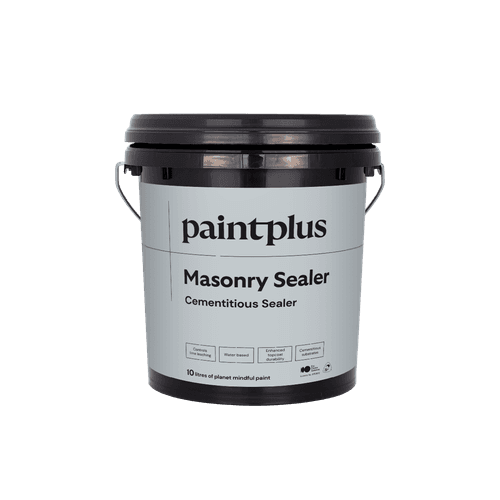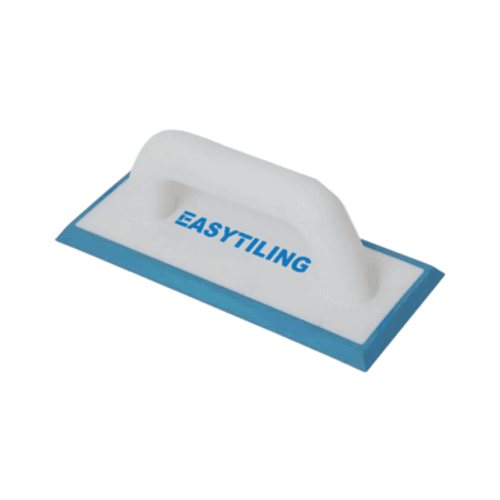Grouts and Surface Treatments
- Any tile flooring would be hopelessly incomplete without the appropriate tile grout in place to hold everything together. When the grout starts to crack or wear away, surface treatments are available to keep everything secure. Grout treatment is an excellent tool for extending the life of a tile floor. Trusted suppliers on ArchiPro offers various surface treatments to support their adhesives & sealants collection.Why ArchiPro?
No more endless searching -
Everything you need, all in one place.Real projects, real experts -
Work with vetted architects, designers, and suppliers.Designed for New Zealand -
Projects, products, and professionals that meet local standards.From inspiration to reality -
Find your style and connect with the experts behind it.Start your Project
Start you project with a free account to unlock features designed to help you simplify your building project.
Learn MoreBecome a Pro
Showcase your business on ArchiPro and join industry leading brands showcasing their products and expertise.
Learn More


